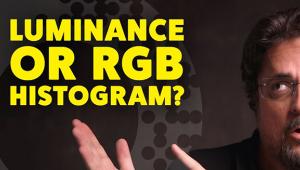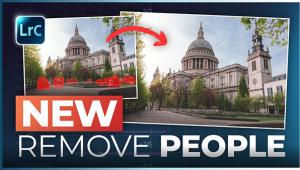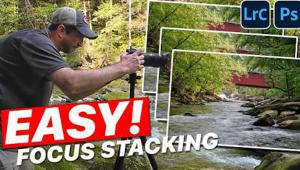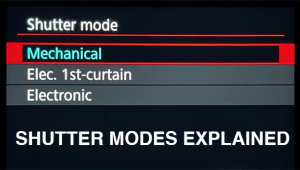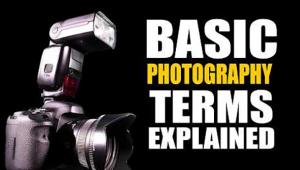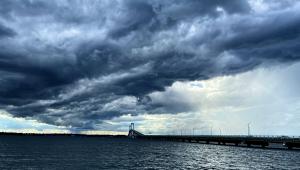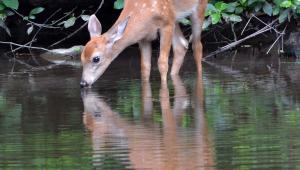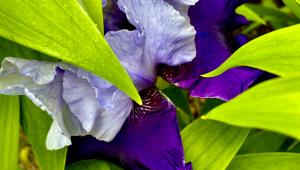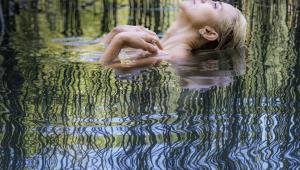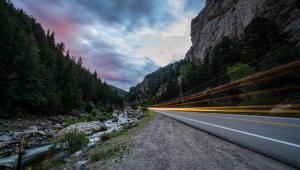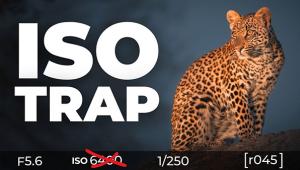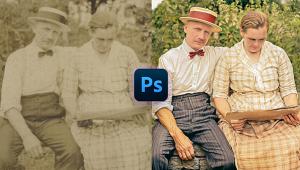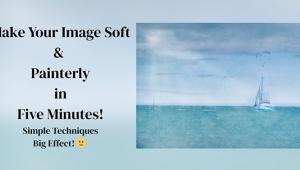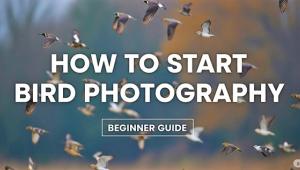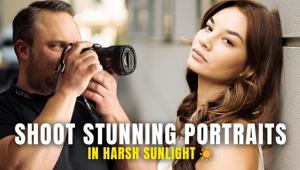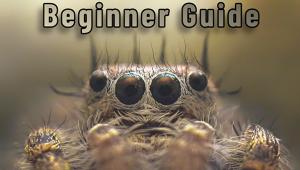Master ISO to Capture Stunning Photos in Any Light (VIDEO)
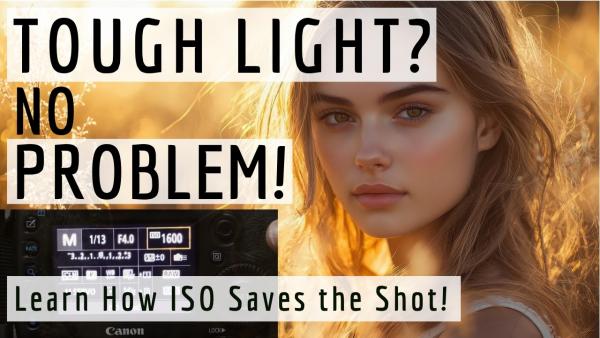
Have you wondered why some of your photographs are crisp, clean, and full of detail, while others are grainy, dull, and unimpressive? The following tutorial with instructor Anthony Crothers takes an educated guess that "it's not your camera—it's your ISO." And this can be super simple to fix once you understand this essential concept.
British pro Crothers has 25 years of experience with a commitment to help beginner and immediate photographers boost confidence and improve their skills. Here's his promise for today's eye-opening episode: "I'll show you exactly how ISO works, when to raise or lower it, and how to avoid the most common ISO mistakes that ruin photos." And he does all this in very simple terms over the next seven minutes.

Crothers begins with an overview of ISO and why it matters under a wide variety of situations whether you're shooting at night, outdoors in bright sun, or struggling with dimly-lit interiors. As you see, there's more to it than determining a correct exposure, because the setting you choose can also imbue your results with a number of creative attention-grabbing effects.
There's also a simple ISO test you can conduct try at, along with an interesting "campfire analogy" to help you remember the details forever. Crothers illustrates his tips with real-world examples for landscapes, portraits, urban scenes, nature photos, and other images shot outdoors with varying levels of illumination.
Crothers notes that all photographers make mistakes on occasion and he reveals the most common errors to avoid so that you're never guilty of making the mistake twice. He also relates a personal story from a wedding "I'll never forget" and provides a bonus ISO tip at the end of the lesson to help you determine exactly how high you can go.

There's plenty more to learn by visiting Crothers' popular YouTube channel and perusing his many how-to shooting and editing videos.
We also recommend watching a tutorial we featured recently with a German pro who demonstrates how easy it is to employ the concept of "hyperfocal distance" to capture sharp photographs with maximum depth of field.
